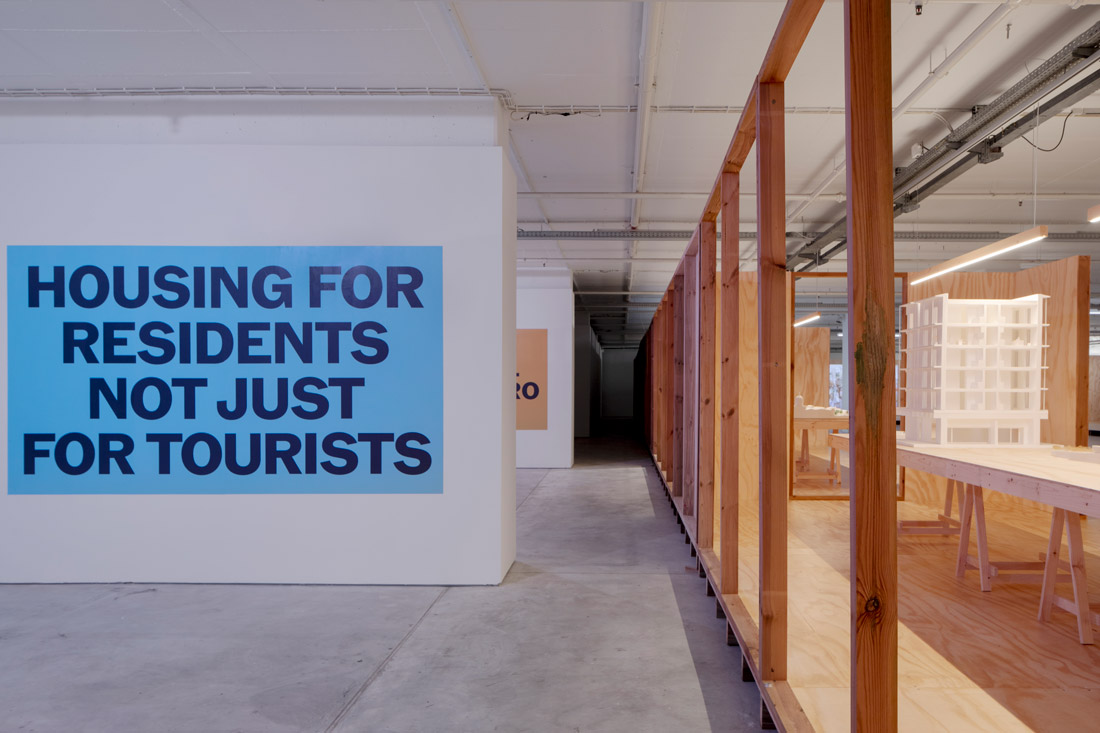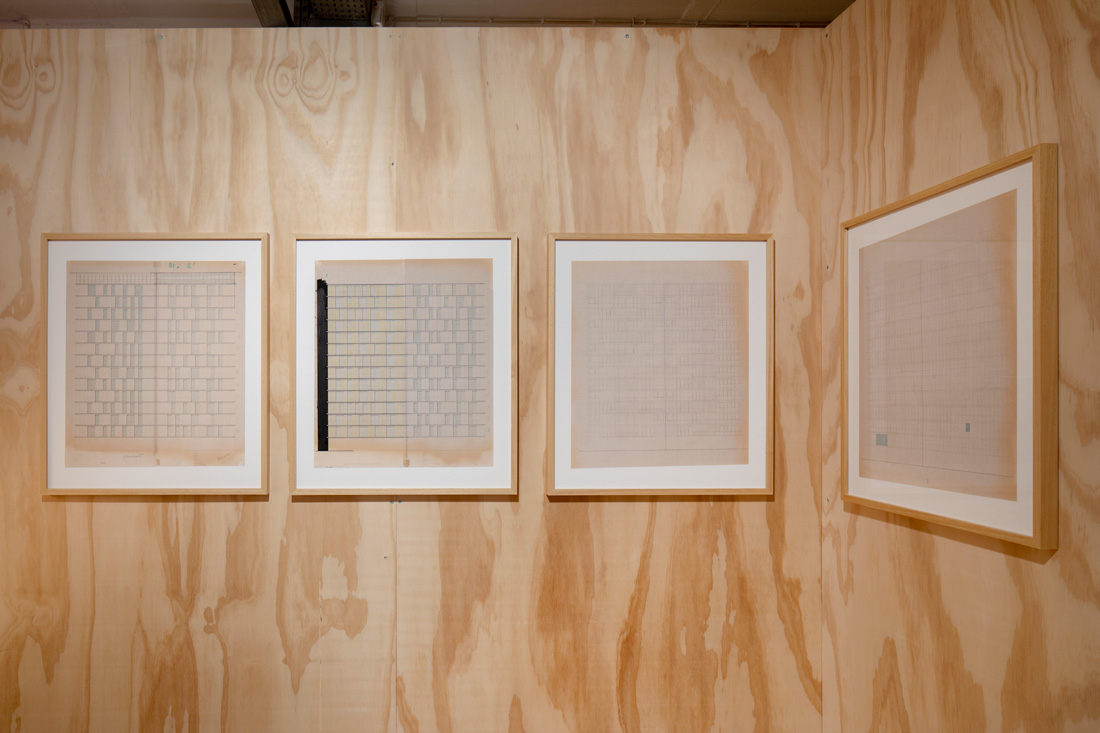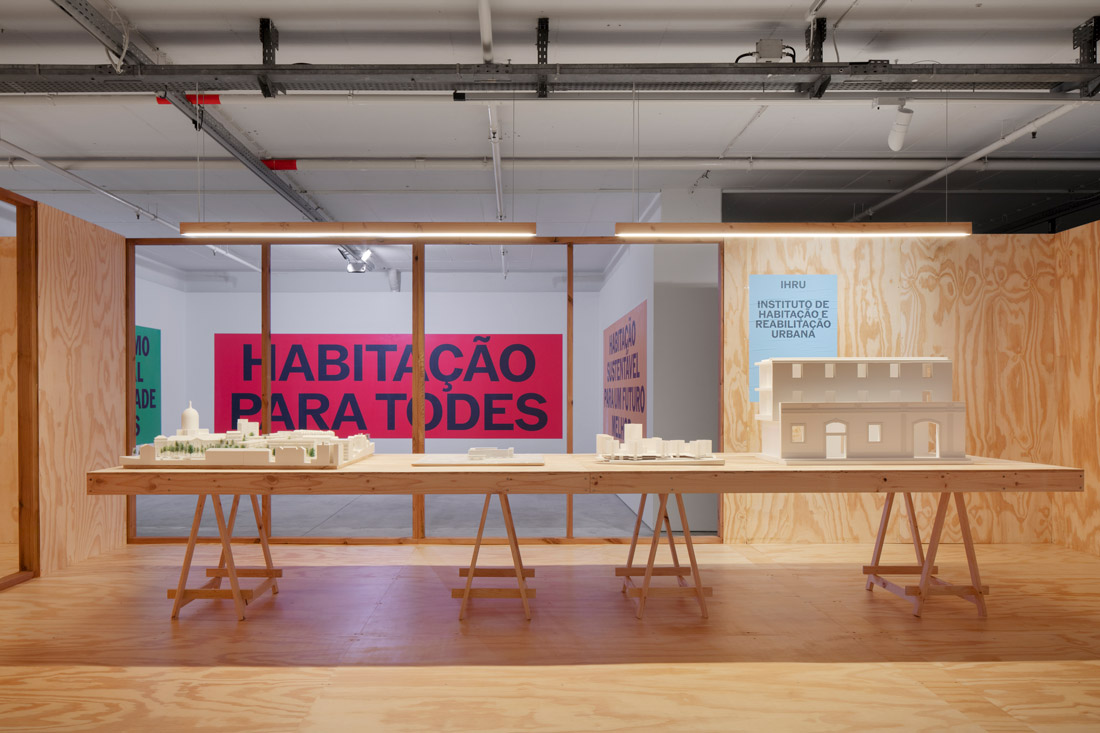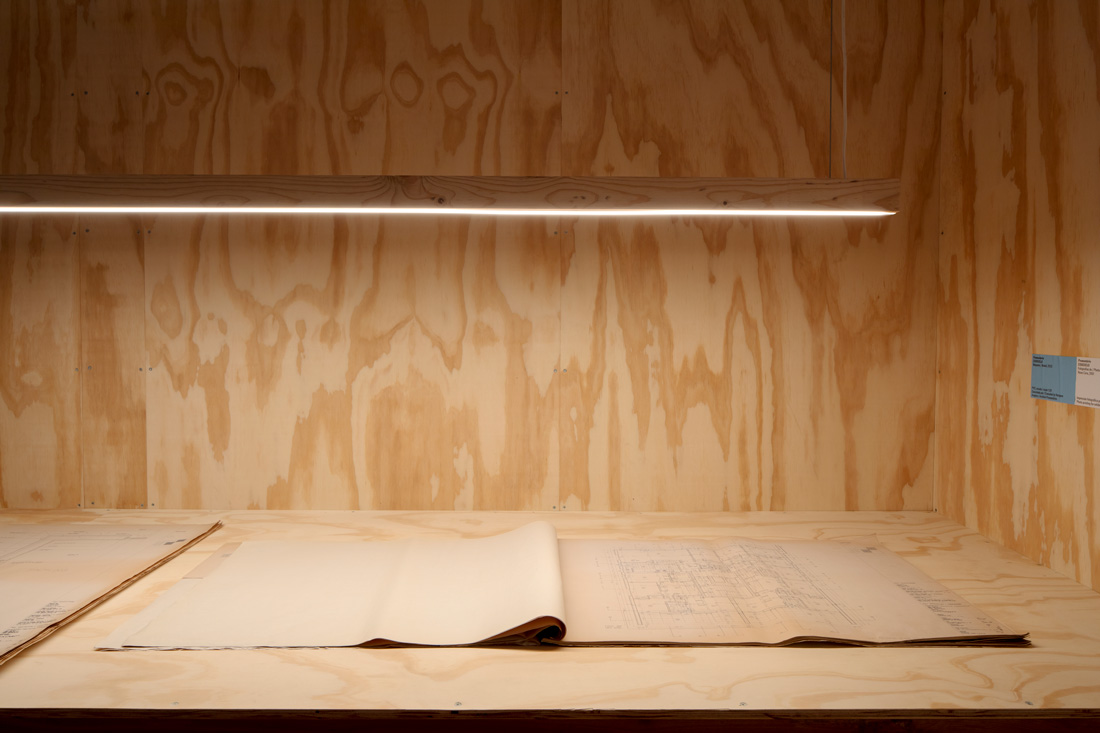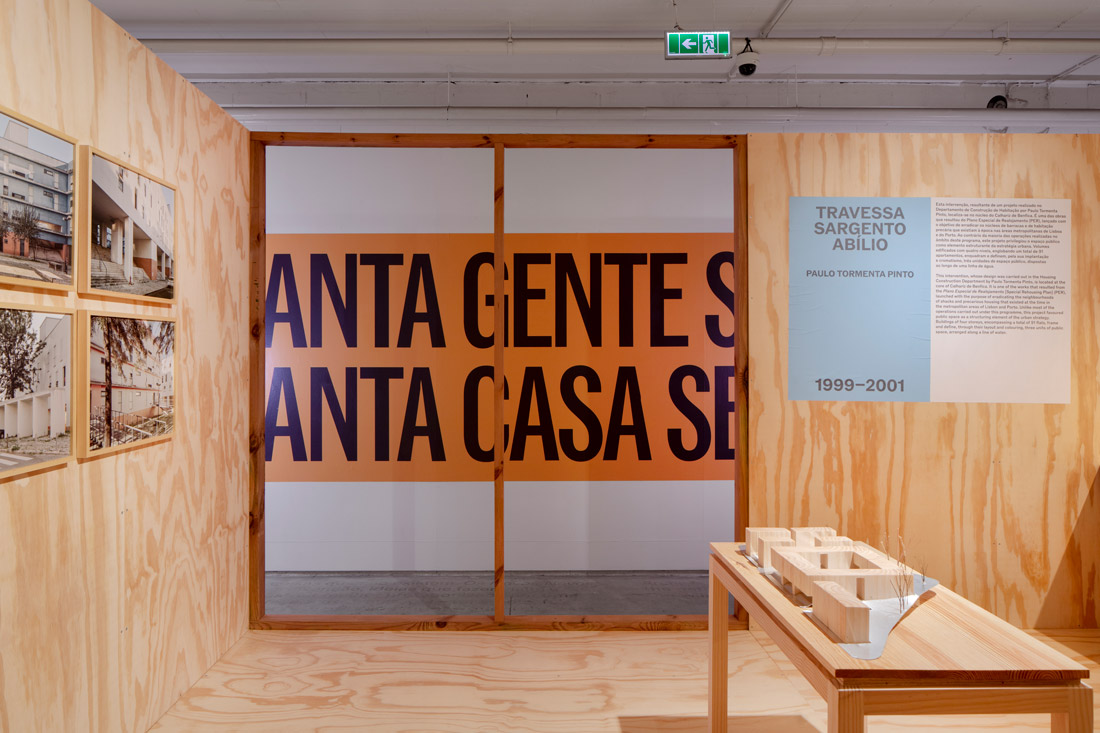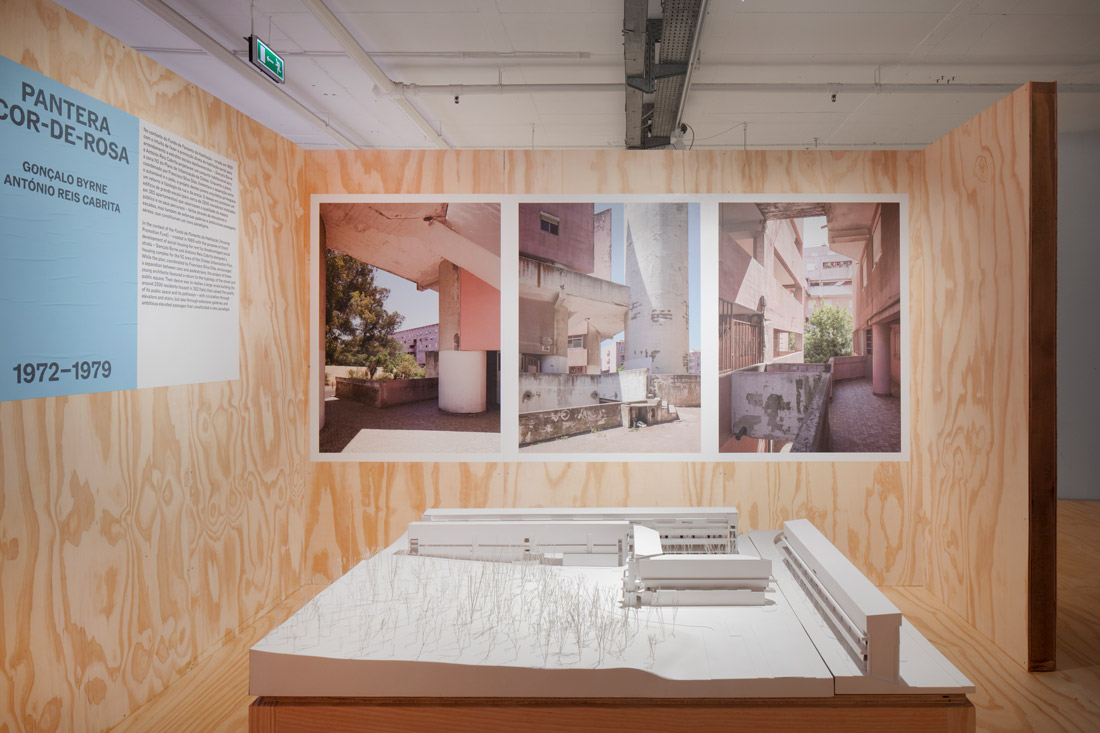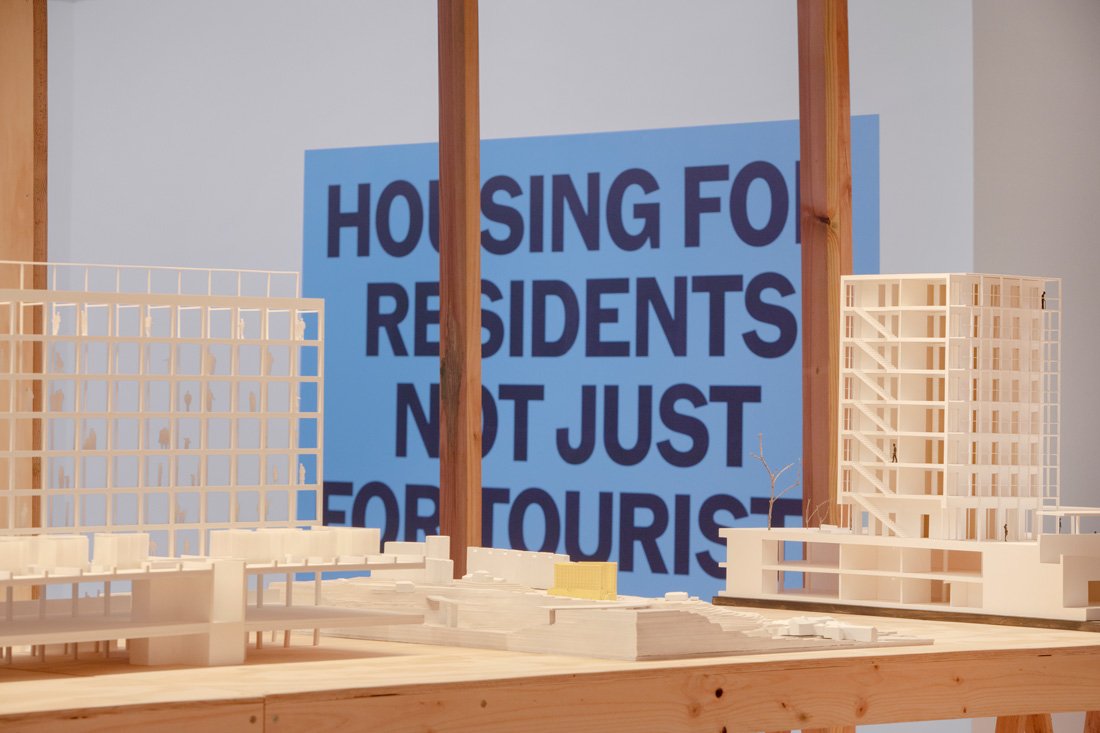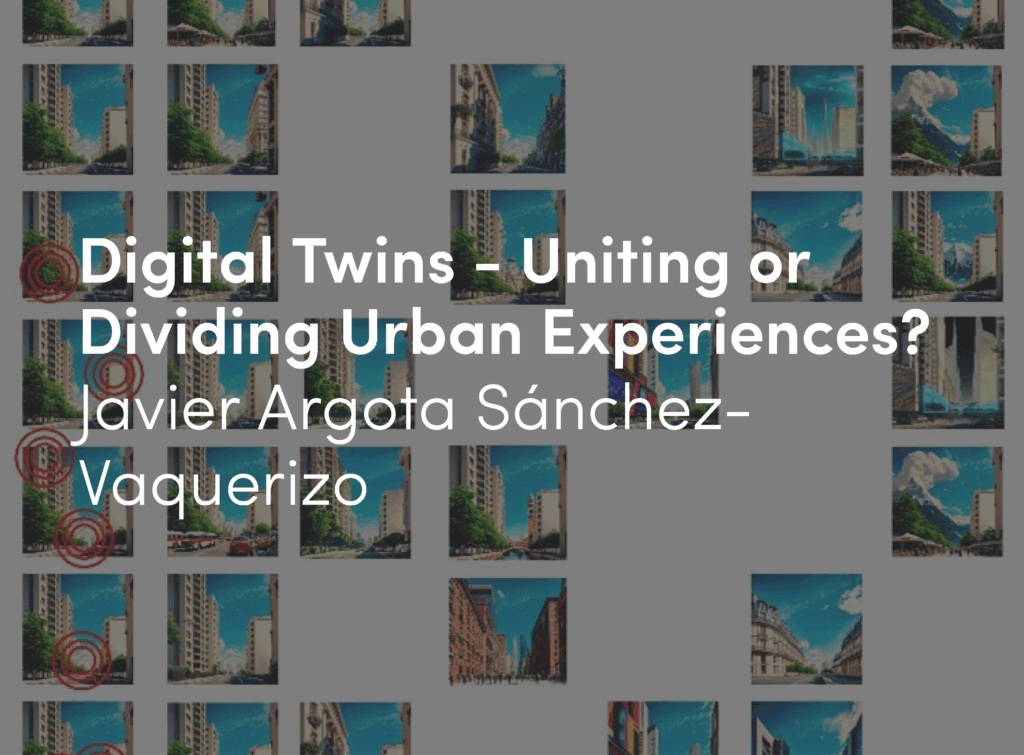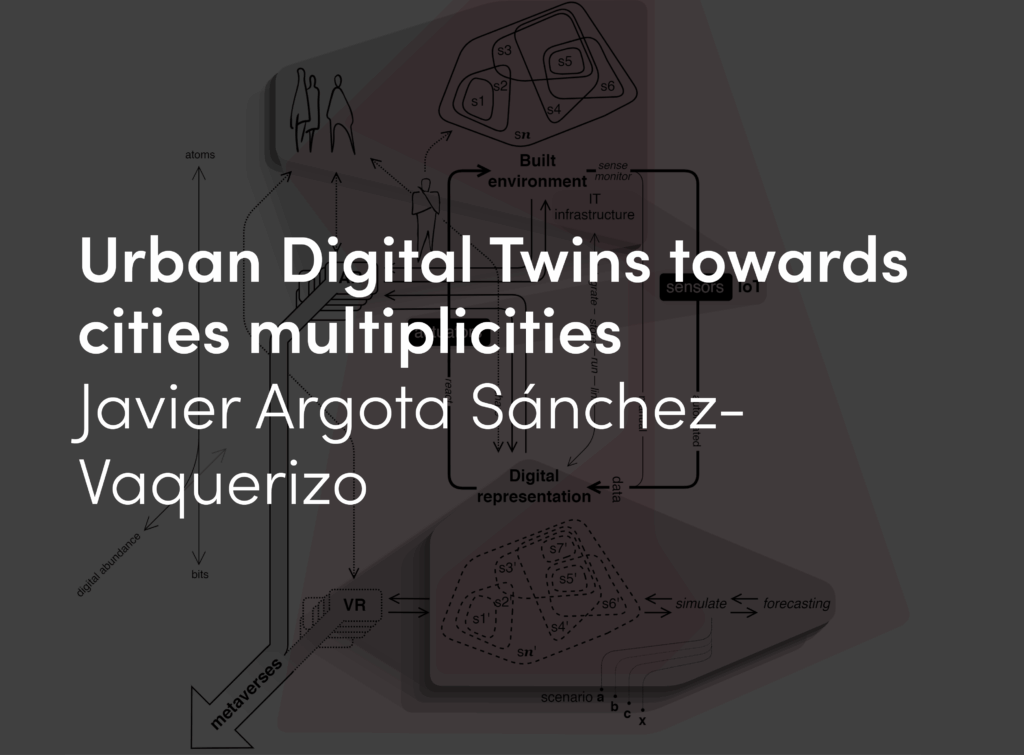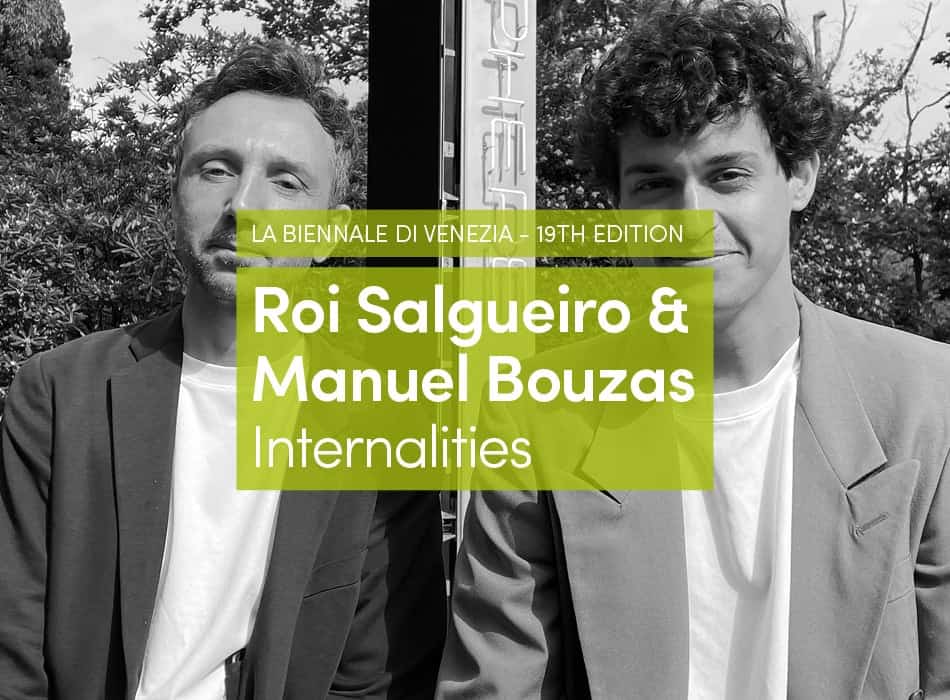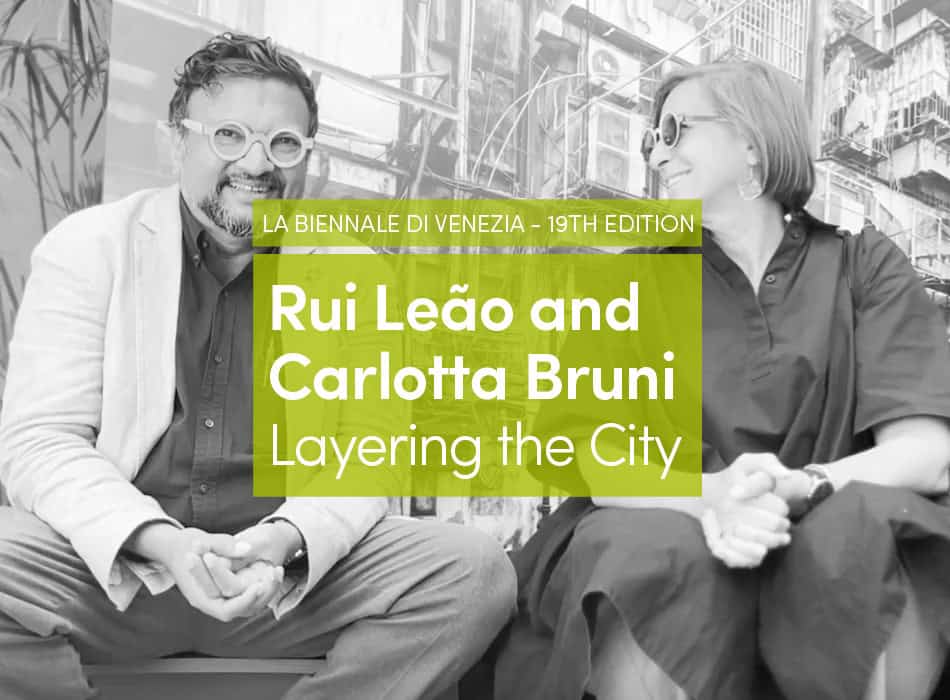Since 2014, the price of housing in Portugal has been increasing more than 6% per year. At the origin of this phenomenon is a combination of two factors: on the one hand, an exponential increase in tourist accommodation and foreign investment in the Portuguese real estate market (an escalation not even the COVID-19 pandemic was able to halt); on the other, a continued lack of investment in housing policies. In a country with only 2% of public housing, this crisis has spread to the middle class and now affects the whole of society. Every Portuguese person is, or knows someone who is, affected: families on waiting lists, tenants about to be evicted, young people unable to access their first home. Lisbon is the municipality in the country most affected by this problem, and it is spreading into the surrounding districts and pushing inhabitants out of the center.
To oppose this movement, the Portuguese Plano de Recuperação e Resiliência [Recovery and Resilience Plan] (PRR) has allocated €2.7 billion to tackle the housing crisis in order to meet the needs of a total of 26,000 families by 2026. But what, in the end, might the role of architecture be in this operation? The patterns of a housing crisis are almost always new and unfamiliar, requiring, by force of circumstances, innovative architectural solutions. Starting from the specific case of Lisbon, this exhibition offers a space for reflection. It seeks both to present some of the most charismatic architectural housing strategies undertaken in the Portuguese capital over the past 50 years of democracy (promoted by the state, associations, or cooperatives); to raise awareness of the current situation through statistical data and immersive tools; and to present plans for the future by bringing together ideas and proposals from professionals of different areas: sociology, geography, landscape and, above all, architecture.
Housing in Democracy
From the various public housing programs carried out in the Portuguese capital over 50 years of democracy, this exhibition presents some of the most relevant results from the point of view of architecture: from the Pink Panther (1972-1979) to the Bairro da Boavista (2013-…). These projects questioned how housing should be built, developing genuine critical exercises: creating new typologies, using innovative construction systems, exploring the hypothesis of modularity, and paying special attention to the construction of domestic, community and public space. In most cases, with strong support from the population, extraordinary architecture was produced.
Projects presented:
Pantera Cor-de-Rosa (1972-1979) / Gonçalo Byrne and António Reis Cabrita
Quinta do Alto (1975-1982) / Manuel Magalhães
Matriz H (1981–1987) / Raul Ceregeiro
Quarteirão Rosa (1984–1987) / Nuno Teotónio Pereira and Pedro Viana Botelho
Coociclo (1994–1997) / Promontório
Travessa Sargento Abílio (1999–2001) / Paulo Tormenta Pinto
Largo do Conde Barão (1997–2005) / Eugénio Castro Caldas and Nuno Távora
Bairro da Boavista (2013–…) / Alexandre Dias, Luís Spranger and Bruno Silvestre
A City of Contrasts
Statistical scrutiny is represented in this exhibition through models and maps. While the models, based on the form of the city, render information regarding fundamental indicators in three dimensions, the maps make it possible to contextualize the city’s data within the metropolitan area, considering Lisbon as a metropolis under transformation. As a complement to these quantitative aspects, the sensorial experience of some extreme situations (where the data comes in well above or below average levels) is portrayed through short films, revealing a city of multiple contrasts from the standpoint of accommodation, but also population and households.
New Visions
A call was made for unrealized collective housing projects, conceived or imagined for the Metropolitan Area of Lisbon and possessing a strong component of originality. Several projects resulted from this call, which demonstrate possibilities for innovation beyond the dominant models in Portugal, allowing housing to be thought of in accordance with various pertinent issues. Also presented in this exhibition, through short films, are four paradigms that have come to challenge the status quo of housing in recent years, , in various parts of Europe, and whose essence of purpose could be applied to other geographies, and in particular that of Lisbon: requalification of preexisting residences, sustainability of construction, functional flexibility, and cooperative construction systems.
Projects presented:
City Architectures: What Makes You Happy? (2021) / Carolina See
Casquilho Poente (2022) / Cura Arquitectura e Design
Modular (2023) / Fora Arquitectura
Collective Housing Proposal for Lisbon (2023) / Maria Malato
St Francis of Borja (2022) / Mesa Atelier
DeFlat Kleiburg (2012-2016) / NL Architects
Life Reusing Posidonia (2013-2018) / Instituto Balear de la Vivienda (IBAVI)
Lobe Block, Terrassenhaus Berlin (2014-2018) / Arno Brandlhuber + Emde, Burlon /
Muck Petzet
La Borda Housing Cooperative, Barcelona (2014-2018) / Lacol
Ongoing Public Strategies
Since 2019, the Sociedade de Reabilitação Urbana [Society for Urban Rehabilitation] (SRU) and, since 2020, the Instituto da Habitação e da Reabilitação Urbana [Institute for Housing and Urban Rehabilitation] (IHRU) have launched several design competitions to select teams to develop housing projects with controlled costs for affordable rent. Although the preliminary programs of these competitions were called into question by the architectural community, that same community has transformed them into opportunities. On the one hand, the processes triggered by the IHRU will allow, under the pretext of building new housing, for fragmented areas of the city to be stitched together through the creation of new public spaces, for the requalification of historic areas, and even for breathing new life into obsolete warehouses. On the other hand, several of the interventions promoted by Lisbon’s SRU are concentrated in Marvila, making that place a true laboratory for urban and architectural experimentation, exploring themes such as serialization, typification, and modularity, but also the creation of public space and a sense of community.
Projects presented:
OR02, Bairro da GNR — Vale Formoso de Cima / Inês Lobo
OR04, Bairro do Armador / Oitoo
OR11, Quinta das Amendoeiras / Appleton Domingos and Francisco Pólvora
OR12, Bairro da Flamenga — Ferreira de Castro / Ricardo Carvalho
OR13, Bairro da Flamenga — Avelino Teixeira da Mota / Embaixada and Axioma
OR14, Bairro dos Alfinetes — João José Cochofel / Paulo David
Parque Urbano da Quinta do Marquês de Abrantes / PROAP
Rua de São Ciro / MASS lab
Rua do Beato / Miguel Judas, Corp Arquitectos
Quinta da Baldaya / Paulo David
Quinta das Conchinhas / Ricardo Bak Gordon, Inês Lobo, Ricardo Carvalho
Hypotheses for Action
In the context of this exhibition, we asked several figures who have reflected on the city of Lisbon in recent years to present, in three minutes, a hypothesis for action that could contribute to addressing the problem of housing. In the end, these conjectures fuel an open debate that is intended to continue well beyond this exhibition, and of which the visitors can, hopefully, become a part. The diversity of these actions might lead us to think that there will always be as many propositions as there are interlocutors. Nevertheless, one thing is certain: we don’t just need housing, we need it to have architecture.
Contributions:
Helena Roseta
Inês Lobo
João Gomes da Silva
João Luís Carrilho da Graça
João Seixas
Nuno Valentim
Sandra Marques Pereira
Silvia Benedito
Telmo Cruz
Even if architects and inhabitants cannot control the political and economic variables that impact access to housing, the truth is that they can be vital instigators of a paradigm shift with regards to spaces for individual and communal life. This exhibition contributes, precisely, to the creation of a platform for public discussion about what, and how, architecture can combat this housing crisis.
About the exhibition project HABITAR LISBOA
Inside Garagem Sul – Centro de Arquitectura, and based on a project drawn up by JAA – José Adrião Arquitectos, a wooden building containing a patio was built using a modular system. This device alters the sound and smell of the existing garage space, giving it a domestic atmosphere. The construction creates the basis for the HABITAR LISBOA exhibition. On the perimeter of the building, a gallery provides access to different rooms and exhibition spaces; in the center is a free space that functions as a forum, available for conferences and debates.





